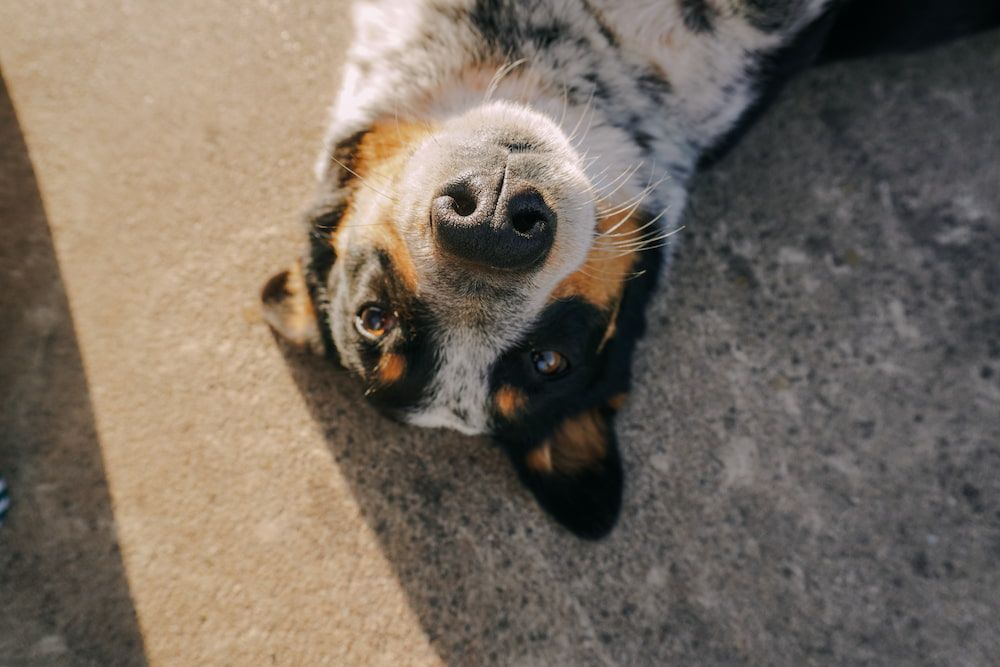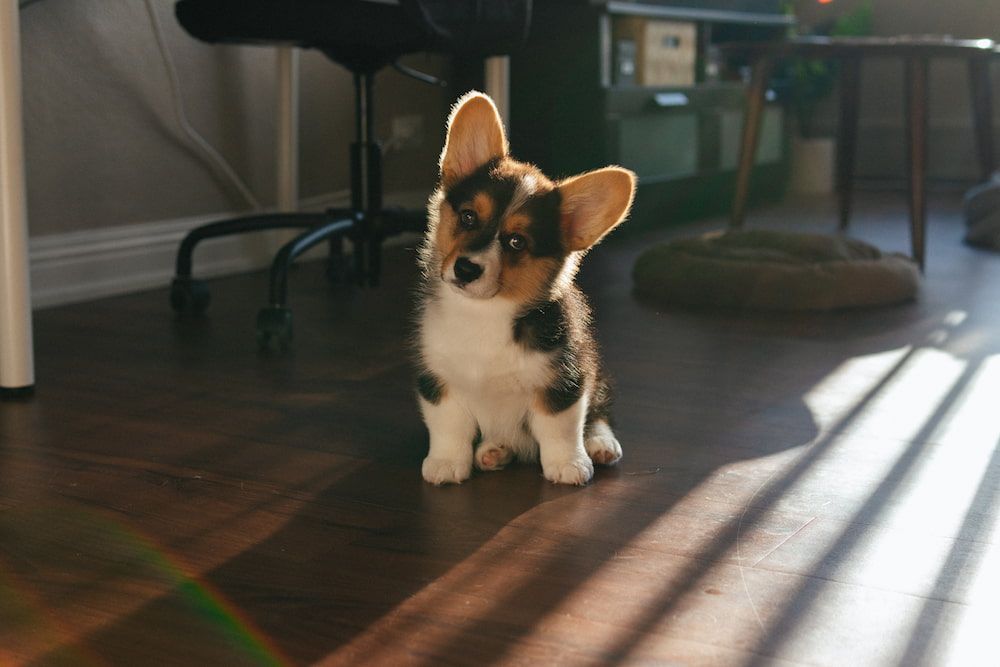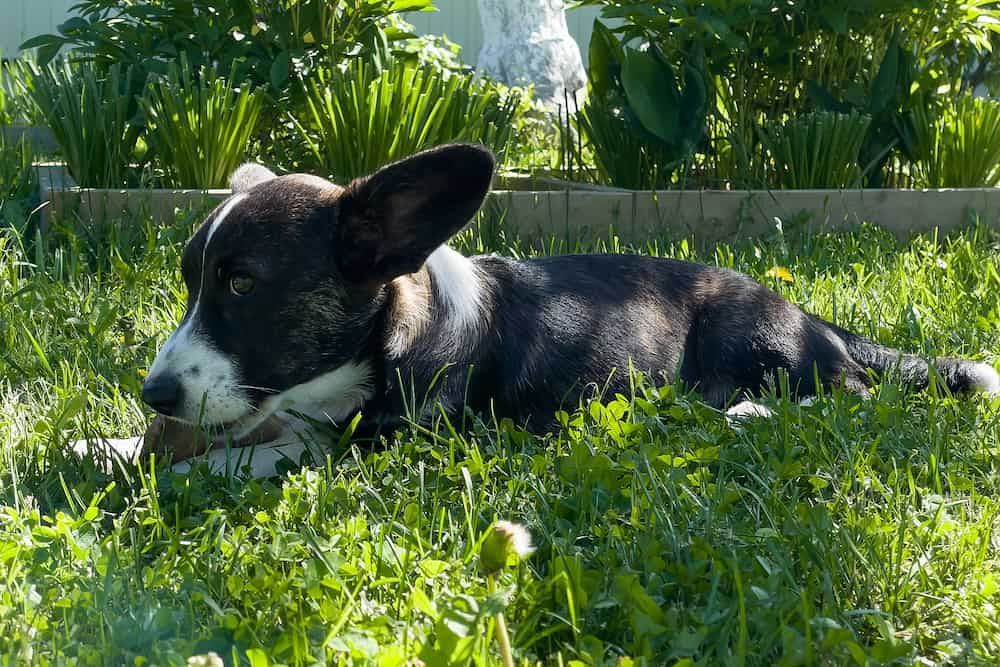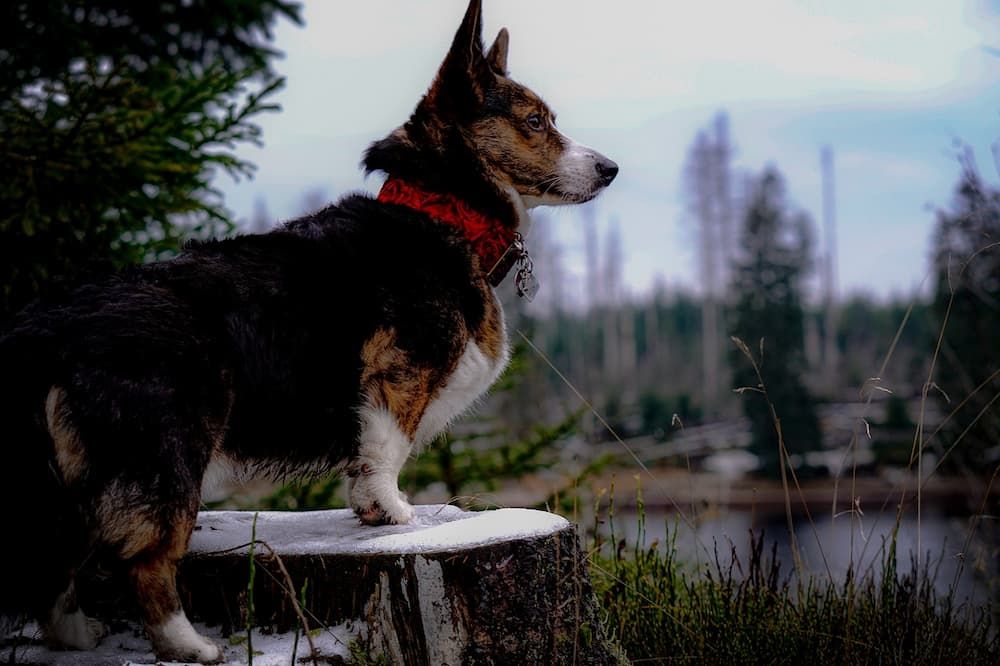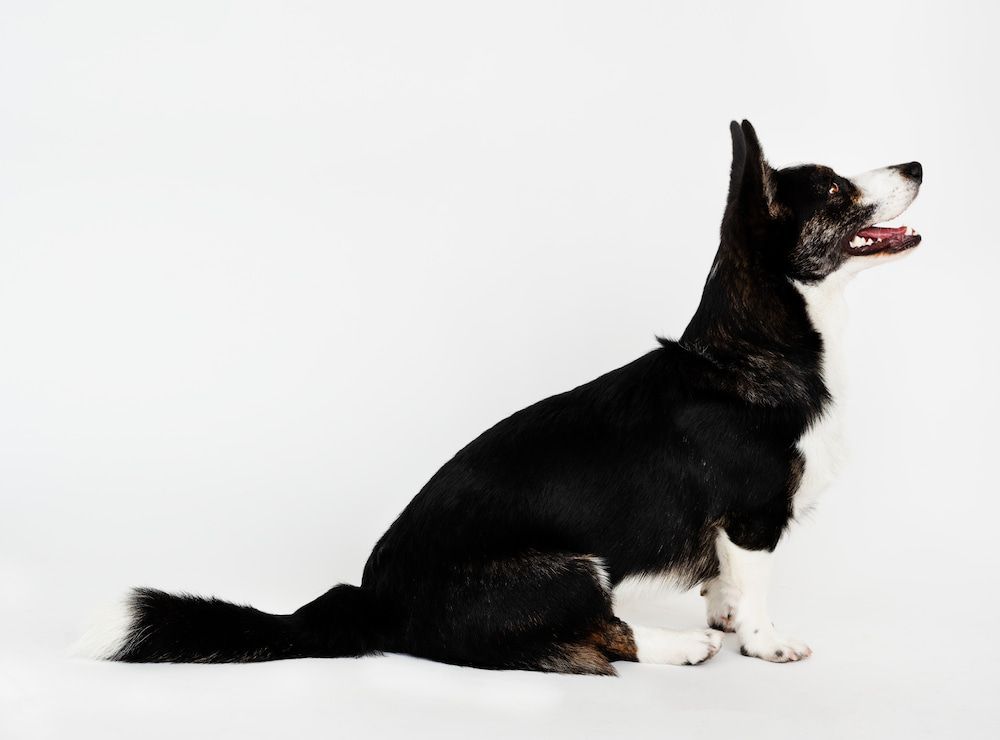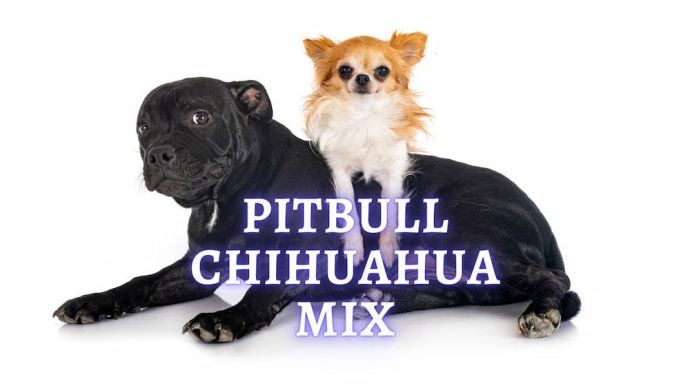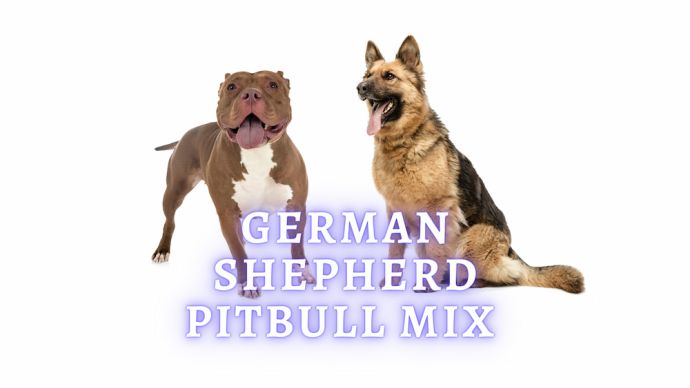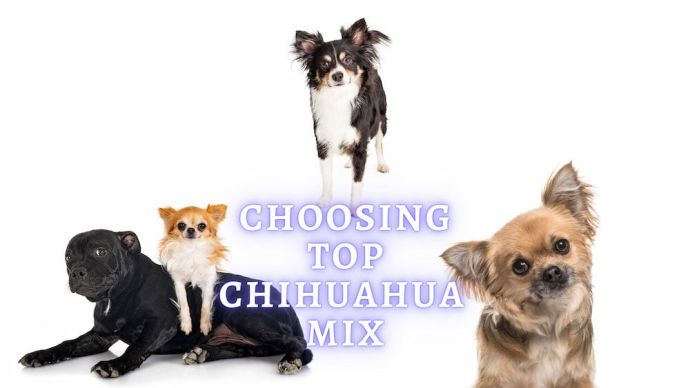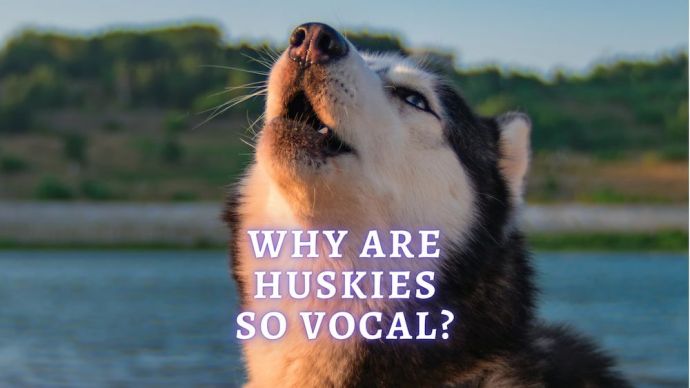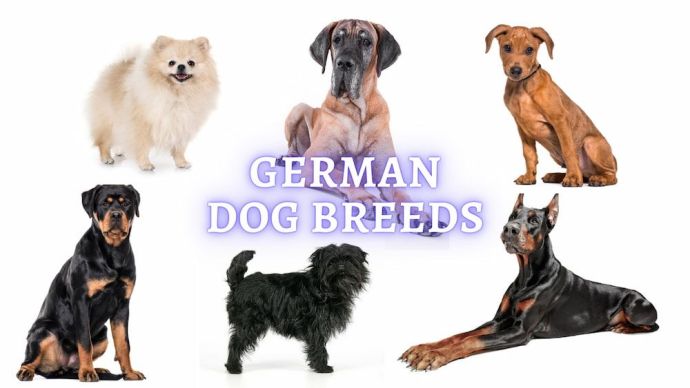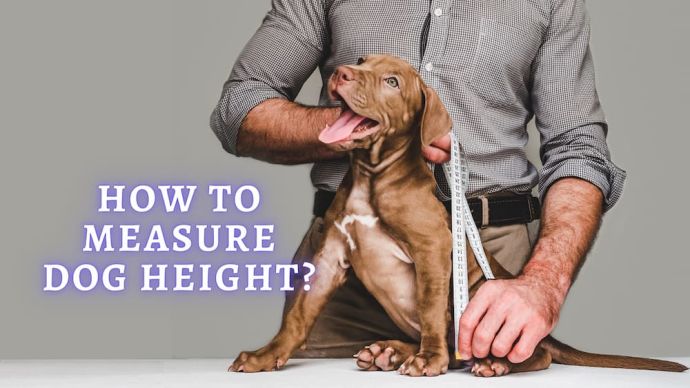Corgi Breeds: Cardigan VS Pembroke Comparison
Written by:
Author: Carol Young
Carol has worked in specialty, emergency, mixed animal and general veterinary practices, and enjoys all aspects of veterinary medicine. Her special areas of interest include anesthesia, critical care, emergency, dentistry, internal medicine and small animal nutrition.
View all 62 articlesLearn about our editorial process and veterinary review board.
Viewed: 459
Updated on: 05/02/2023
The Corgi breed is most well-known for its royal place in Queen Elizabeth II’s home, but it has a special place in the hearts of dog owners everywhere. There are two types of Corgi, the Cardigan Welsh Corgies and the Pembroke Welsh Corgi. Both types were developed to herd cattle to grazing pastures and guard the farm, but each is different in origins, physical appearance, and temperament.
The history behind both breeds
Before discussing the differences between the two Corgi types, we’ll first take a look at the origins and history of each.
The name “Corgi” is thought to have derived from the Welsh word “cor,” which means “to watch over or gather” with “gi,” a form of the Welsh word for dog. Other sources say that the name Corgi name comes from the term “cor” meaning “dwarf,” combined with the Welsh form for dog, “gi.” Another theory behind the name states Norman invaders referred to any local dog as a “cur” or mongrel.
The Pembroke Welsh Corgi
Believe it or not, the Pembroke Welsh Corgi does not have a clear-cut breed history, and its origins are rooted in Welsh folklore. According to legend, two children were taking care of their family’s cattle and stumbled upon two puppies who looked like foxes. The children took the two pups home and soon learned from the adults that they were gifts from the fairies who felt sorry for the humans and wanted to give them dogs who could be helpful on the farm.
According to the tale, these two pups were the first breeding pair of Pembroke Welsh Corgis. Welsh legend also says that the fairies would use the little dogs to pull their carriages and ride them as mounts into battle. The markings of the fairy saddle are seen on the Pembrokes’ shoulders, especially in sable color dogs.
Aside from its legendary origins, the Pembroke may have originated with Viking raiders, who brought their dogs with them to the British Isles in the 9th or 10th century. Most notable of the northern raider’s dogs was the Swedish Vallhundwho has been thought to have been bred with native Welsh dogs. Other historians suggest that Flemish weavers who settled in Pembrokeshire, South Wales, in the 12th century bred their Spitz dogs with local cattle dogs.
Elizabeth II made the Pembroke Corgi a celebrity, and until her death, she was never without one since 1933. The Pembroke Welsh Corgi was recognized as a breed by the AKC (the American Kennel Club) in 1934
The Cardigan Welsh Corgi
The Cardigan Welsh Corgi is named after the area of Cardiganshire, Wales, and is older than the Pembroke, and perhaps the oldest of all British breeds. Historians suggest that ancient corgis were brought from Central Europe to Wales by the Celts around 1200 BC, and there is evidence that corgis were driving Welsh cattle herds 1,000 years ago. The original type of Cardigan was known as the Bronant and was related to the ancestors of the dachshund.
Cardigans and Pembrokes were interbred as late as the 1930s and were considered a single breed in Britain. The first breeding pair of Cardigans arrived in the United States in 1931, and the AKC granted full recognition to the breed several years later.
What is the difference between both corgies?
Geographics
Although both canines come from Wales, they don’t share a common ancestor, and they come from different parts of Wales. For example, Cardigans were found primarily in the hilly and rocky terrain of Cardiganshire in southwest Wales, and Pembrokes were found in the flatter terrain of Pembrokeshire in southern Wales. Also, the Cardigan was in Wales almost two thousand years before the Pembroke.
Physical Differences
- Tail: Cardigans have a long, foxlike tail, whereas Pembrokes have their tail docked close to their body.
- Size: The Cardigan Corgi is the bigger of the two types but is the same height as the Pembroke (10-12 inches at the shoulder), and the Cardigan can be a bit heftier, weighing up to 30 pounds, whereas the Pembroke averages 20-25 pounds.
- Hind End: Pembrokes Corgis have a more oval pelvic bone structure, and a squared-off rear-end, resulting in a more heart-shaped hind end. Cardigans, however, have a more curvy and round hind end and more of a sloping rear.
- Colors: Pembrokes come in only three colors: Red, tricolor, and sable, with white markings. Cardigans have more varied coat colors, ranging from brindle, black, and white with tan or brindle patterns, blue merle, and red and sable with white markings. Cardigans also tend to have fewer white markings than Pembroke.
- Personality: Although both breeds love people, some experts think that the Pembroke is more outgoing and sociable than the Cardigan, which can be a bit more reserved until she knows you better.
Energy
When it comes to Corgis, they are herding dogs, so that means they have plenty of energy. However, the Pembroke Welsh Corgi is slightly more energetic than the Cardigan.
Cardigans tend to be less hyper than the Pembroke, and a bit quieter too. The Cardigan likes to objectively assess a situation before getting involved, whereas the Pembroke is always ready to jump in and join the action.
Coat Colors
Cardigans also have a wider range of coat colors. Pembrokes are limited to sable, red, and tricolor. Cardigans, on the other hand, can be brindle, black and white with tan or brindle, blue merle, or red and sable with white.
What are the similarities?
- Personality: Both types love people and are happy in the middle of things. They also love children and enjoy spending time with their humans, no matter their actions. Because both the Pembroke and the Cardigan are so smart, training is essential. But they learn quickly and thrive when they have a daily job to do.
- In addition to their love of people, these two breeds were bred to nip and bark at cattle to move them along, and sometimes they exhibit this behavior with people as well, especially small children. Also, those big, pointy ears make them excellent watchdogs who bark and sound the alarm when they hear unexpected sounds.
- Physical Appearance: Both the Cardigan and the Pembroke are built low to the ground so that they can nip at the heels of cattle while avoiding being kicked, and re both considered dwarf breeds. Each has a large head, and sturdy long body set on short, thick legs. They both have erect ears, but the Cardigans are a bit larger, and the tips are not as pointed.
- Lifespan: Both breeds have a lifespan of 10-15 years.
Grooming
Because Corgis have a double coat, they require little grooming, but if they get a bit dirty after a romp in the yard, a bath and a brushing may be in order. They are not big shedders and can go as little as once a week for brushing. However, Pembrokes shed more than the Cardigans, especially in the spring. If you are looking for a little bundle of energy that doesn’t need a lot of grooming, the Corgi is the dog for you.
Energy Levels
As mentioned above, both dogs are herding dogs, and as a result, have plenty of energy. Although they are smaller than other herding breeds, it doesn’t mean that they don’t need exercise. It’s important to exercise your Corgi regularly, whether it’s a long hike or a romp in the park because this breed does love food and tends toward being overweight.
Training
Pembroke and Cardigan Welsh corgis are both loyal, happy, affectionate, and love to be around their humans, but due to their independent nature as herding dogs, they can be a bit bossy and stubborn. Because of this, early training is essential.
Both types are very intelligent, and because they love their people, training can be easy, but you need to be consistent. It’s important to show Corgis proper manners and how to behave, but they do get bored quickly, so you’ll need to get creative in your training.
Because of their intelligence and energy, the Pembroke and the Cardigan make excellent agility and show dogs.
Exercise
If you’re looking for a couch potato, the Corgi may not be a good choice for you. Cardigans are considered the less energetic of the two types, but are still up for a hike or playing a game of fetch. Although they are small, they are full of energy and ready to go on any adventure. Daily exercise, whether it’s a walk, a jog, a hike, or playtime at a dog park, Corgis need plenty of exercises, fresh air, and mental stimulation.
Proper exercise and weight management are critical for Corgis as they are prone to back problems. Any extra weight can exacerbate back issues such as arthritis and slipped disks. For this reason, both breeds need daily exercise every day, both to keep their backs strong and their weight in check.
Health
Your dog’s health depends on many things, such as genetics, veterinary care, and nutrition. Regarding genetics, Pembroke and Cardigan Welsh corgis are predisposed to some of the same health issues. These issues include eye disorders, hip dysplasia, back problems, and degenerative myelopathy (a progressive disease of the spinal cord). Pembrokes especially are susceptible to heart conditions and a bleeding disorder called von Willebrand’s disease. Responsible breeders will screen for such disorders, but proper veterinary care, exercise, and nutrition are vital.
Nutrition
When considering a diet, it’s essential to feed your Corgi a well-balanced diet that includes all of the necessary vitamins and minerals your pup needs. Most commercial dog foods are certified by the FDA, and if you feed a home-cooked diet, make sure that your Corgi is getting the protein, and fats that she depends on to stay healthy and happy.
You should select a dog food that features one to three animal proteins in the first several ingredients listed since whole meats are good sources of protein. Examples are chicken, turkey, lamb, and fish.
All dogs also require fat and essential fatty acids in their diet, which can come from animals or plants. Fats such as fish oil provide omega-3 fatty acids to help keep the skin and hair coat healthy, and young, growing puppies can benefit from DHA (Docosahexaenoic acid), a specific form of omega-3 fatty acid that helps with brain and eye development.
When feeding your Corgi, it’s best to avoid free-feeding as Corgi are foodies, and have a tendency to overeat and become overweight. Most dogs do well with two meals per day, and younger pups can thrive on three meals per day until they are old enough to start eating like an adult.
Puppies price
As with most purebred dogs, you can expect to pay up to $3000 or more for a purebred Cardigan or Pembroke puppy. The cost may even be higher if the puppy comes from a famous line or a show champion line. If you would like to offer a warm home to a rescue Corgi, contact your local shelter or Corgi rescue groups: They may be able to find you your forever Corgi.
READ MORE: Puppy 101
How to choose which corgi is right for you?
If you are looking for a smaller dog with lots of energy, but not necessarily a fast runner, the Corgi may be just the dog for you. The Pembroke and Cardigan are both loving, loyal, and happy-go-lucky and love their people. However, if you are looking for a more laid-back dog who doesn’t bark as much, the Cardigan may be a better choice. If you are looking for a spunky pal who’s ready for anything, then a Pembroke may be your better bet.
READ MORE: Corgi and Husky Mixed Breed
People also ask
What are the 2 different types of Corgis?
The two types of Welsh Corgis are the Pembroke and the Cardigan. Although both originated in Wales, the Cardigan is the older breed, but both were bred for herding cattle and helping around the farm.
What is the difference between a Corgi and a Welsh corgi?
The biggest differences are hair color, ear shape, size, and in some instances, energy level and temperament. The Pembroke comes in only three colors: Red, tricolor, and sable with white markings, while the Cardigan ranges in color from brindle, black, and white with tan or brindle patterns to blue merle, or red and sable with white markings. Cardigans also have more rounded ears and tend to be a bit mellower than Pembrokes.
What is the best Corgi to get?
The answer to this question depends on what you’re looking for. Both Cardigan and Pembroke Welsh corgis are happy, loving dogs who would make a great addition to any family or household. Just keep in mind that if you are looking for a mellower dog, the Cardigan can be a great choice, but do keep in mind they are energetic, very intelligent, and love being with their humans.
Which is better, Pembroke vs Cardigan?
Both types are great dogs and are perfect if you have an active lifestyle. Pembrokes tend to be a bit more hyper and bark a bit more than the Cardigan, but each type does require daily exercise and mental stimulation.
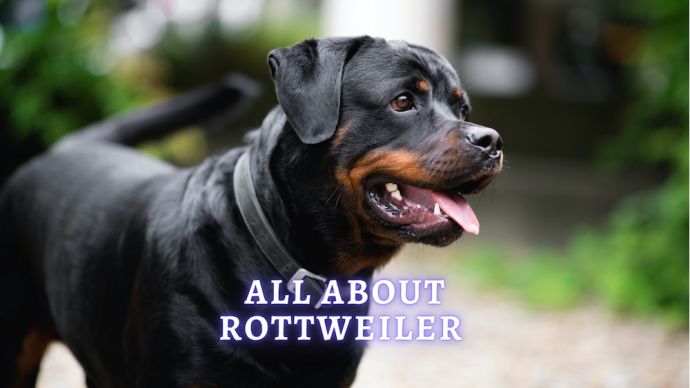 Dog Breeds Rottweiler: Rottweiler Dog Breed History, Personality and Health Care
Dog Breeds Rottweiler: Rottweiler Dog Breed History, Personality and Health Care - 40
- 0
 Dog Breeds Japanese Spitz: Everything about Japanese Spitz Health, Care, Puppies, and more
Dog Breeds Japanese Spitz: Everything about Japanese Spitz Health, Care, Puppies, and more - 959
- 2
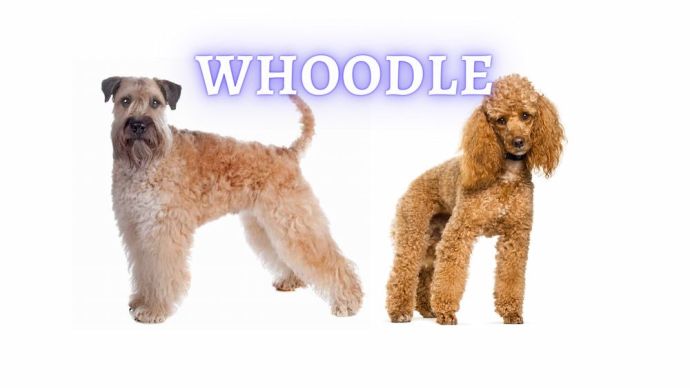 Dog Breeds Whoodle: Wheaten Terrier Poodle Mix Breed Care, Temperament and Adoption
Dog Breeds Whoodle: Wheaten Terrier Poodle Mix Breed Care, Temperament and Adoption - 123
- 0
 Dog Veterinary Tips Why is my Dog throwing up: Causes and Preventing (Veterinary Advice)
Dog Veterinary Tips Why is my Dog throwing up: Causes and Preventing (Veterinary Advice) - 21356
- 5
 Dog Care My Dog Keeps Scratching His Mouth: Reasons Why Your Dog Scratching Face
Dog Care My Dog Keeps Scratching His Mouth: Reasons Why Your Dog Scratching Face - 16542
- 1












